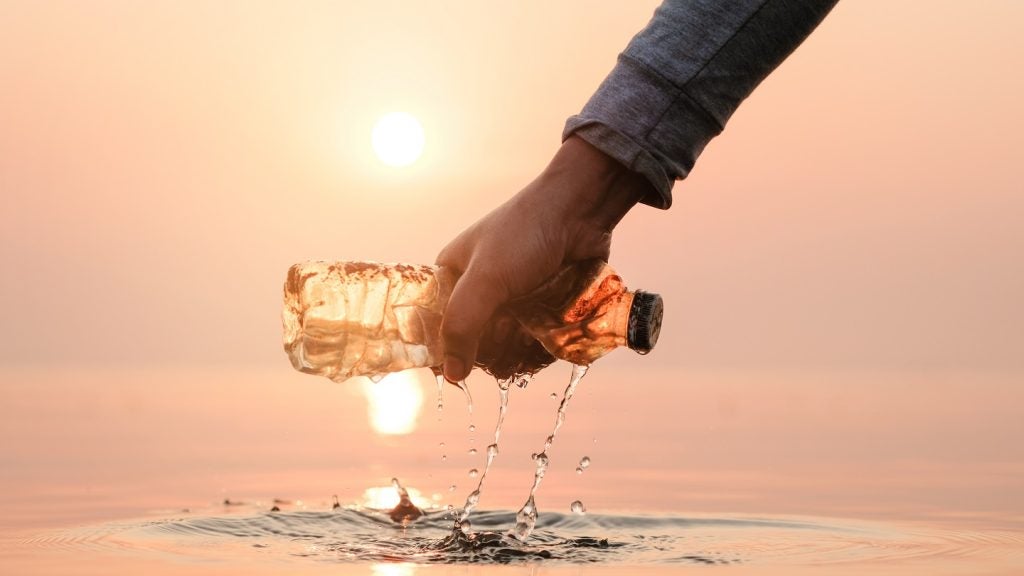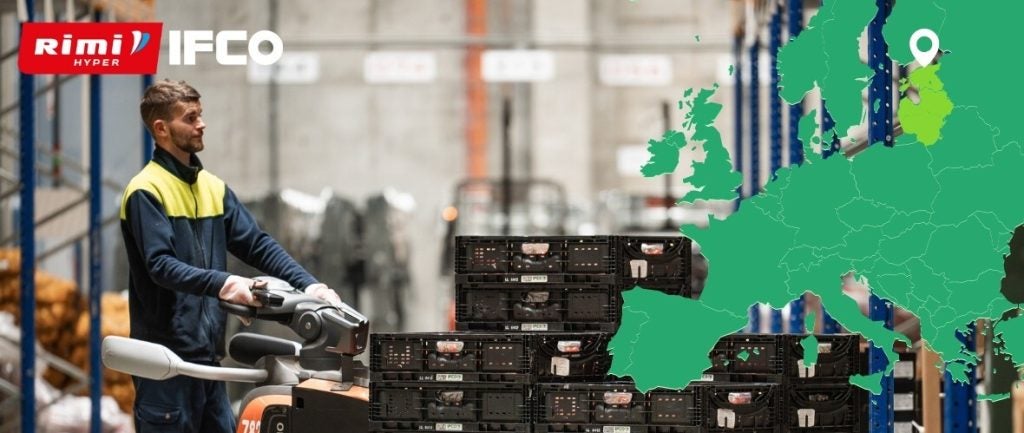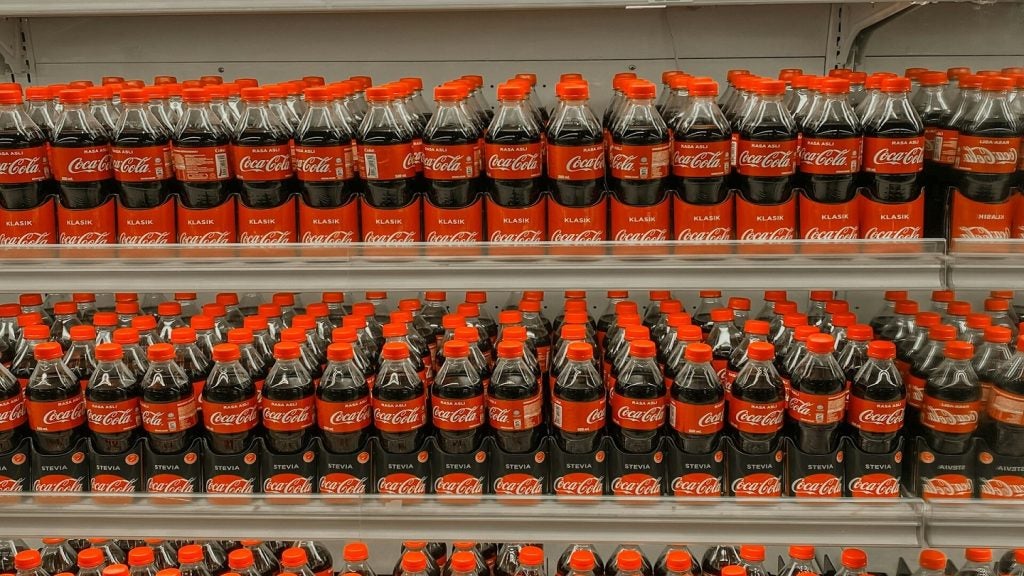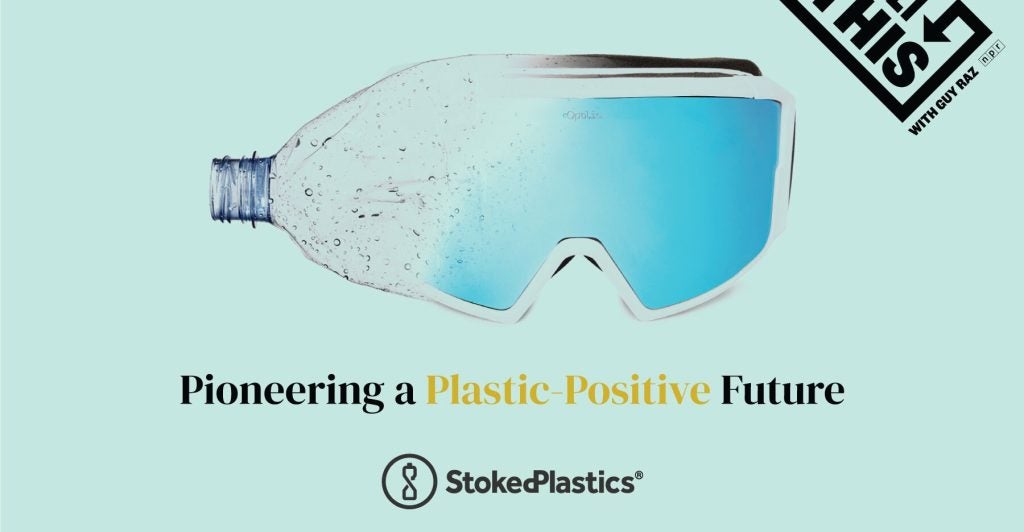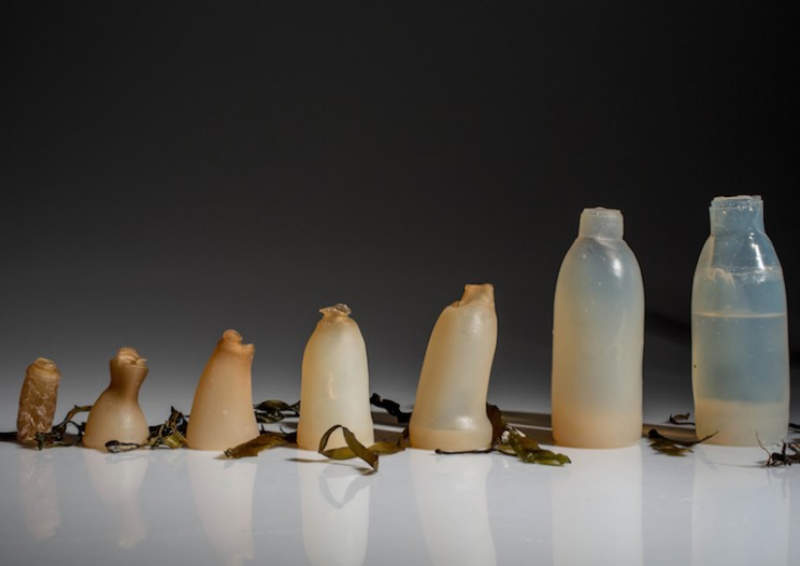
Plastic waste is an issue that the world cannot ignore. It’s a topic that came up again and again at Packaging Innovations 2017, held in London this September. While there was of course a great deal of plastic packaging on display, a number of stands and several seminars focused in some way or other on the industry’s responsibility when it came to the environmental impact of their trade.
Plastic drinks bottles are one of the biggest offenders worldwide, with over a million bottles being bought every minute, with that number rising by another 20% by 2021. Thankfully, there are a number of innovations in the sector that are raising eyebrows and turning heads, leading many to consider alternatives to the unassuming plastic drinks vessel.
How well do you really know your competitors?
Access the most comprehensive Company Profiles on the market, powered by GlobalData. Save hours of research. Gain competitive edge.

Thank you!
Your download email will arrive shortly
Not ready to buy yet? Download a free sample
We are confident about the unique quality of our Company Profiles. However, we want you to make the most beneficial decision for your business, so we offer a free sample that you can download by submitting the below form
By GlobalDataThe Agari water bottle

In March 2016, Ari Jónsson, a product design student from the Iceland Academy of the Arts, or Listaháskóli Íslands caused a stir in the packaging market by exhibiting a new kind of biodegradable bottle at the Reykjavik design festival, DesignMarch. Jónsson reportedly developed the idea after reading about the monumental amount of waste plastic produced every day, which in the UK alone is 16 million bottles every day.
The bottle is still in the early stages of development, but according to Listaháskóli Íslands has the potential of solving the plastic global consumption crisis. While the claim is as-yet unproven, the innovative design does show promise. Jónsson’s bottle is created from powdered agar, a substance created from certain species of algae. When added to water, heated, and then frozen, this agar powder forms a jelly-like material.
When full, the bottle keeps its shape, meaning it can be used to efficiently store water. After the liquid is drained the bottle, created from 100% natural ingredients begins to decompose. Jónsson has admitted that the water does pick up some taste if left in the bottle for some time, though suggested that if consumers like the taste they could even try eating the receptacle once they’ve finished with it.
The Ooho! ‘edible bottle’

Experimenting with organic materials in packaging creation is not a new concept, and neither is edible packaging. London-based design company Skipping Rocks Lab also caused a stir last year with the invention of the ‘edible bottle’ known as ‘Ooho!’, an orb of water contained in a biodegradable membrane created from calcium chloride and brown algae, a seaweed extract.
The company claims that the product will revolutionise the water-on-the-go market, envisioning its use at sporting events and music festivals. It is easy to see its mass-market appeal, with flexible lightweight packaging being much easier to transport than traditional bottles, though the durability of the membrane would have to be thoroughly tested before this becomes a reality.
The company crowdfunded their idea, raising £848,850, well over their target £400,000, and seek to bring the product to market soon.
Beyond water, Skipping Rocks Lab claim that the membrane can be flavoured and coloured to add to its appeal, and if only the contents are consumed rather than the whole container, the outer shell will biodegrade in 4-6 weeks; the same amount of time as a piece of fruit. It is worth highlighting that this does give the product a significantly shorter shelf-life than traditional bottled goods.
While usually seen containing water, the company claims the membrane could be used for any liquid, including soft drinks, and even cosmetics.
Reusable metal alternatives

Using metal as a replacement for polyethylene drinks bottles has been an accelerating trend for years. While there is conflicting scientific and medical advice on the safety of drinking water from traditional plastic bottles, several companies have made safe, pure water a core part of their ethos.
Onegreenbottle makes use of ‘304 grade’ stainless steel for its containers, which the company identifies as ‘the most inert, safe and toxin free material around’, with its metal bottles being some of the most popular in the UK and EU. The Chilly’s Bottle is a similar concept, attempting to combine the convenience of plastic bottles with the benefits of a thermos flask, though there admittedly is nothing novel about keeping liquids hot or cold for extended periods.
A number of companies producing metal drinks containers is rising, and while most do claim to be an eco-friendly option, it is worth remembering their benefit lies in their reusability, rather than their low-impact production.
Rebranding the glass bottle

Alongside metal bottles and in a similar vein, glass bottles are making a resurgence in the on-the-go drinks market, in pioneering new formats. Again touted as a reusable alternative, there have been a number of innovations in the glass bottle market, seeking to relabel glass as a safe and sanitary drink vessel, rather than material plastic was brought in to replace.
One of glass’s biggest issues is its fragility. It is difficult to imagine a glass bottle as a versatile drinks container when a single high-impact collision can render it unusable and potentially dangerous, but a number of companies have sought to remedy this problem through creative design.
Many brands, such as CamelBak, use silicone sleeves to increase the structural strength of the bottle; however some, a more recent innovation is that of companies such as the Arizona-based Glasstic, which has developed custom break-resistant shatterproof shells for their bottles. In the case of a breakage, the glass shatters internally rather than causing a safety risk.




